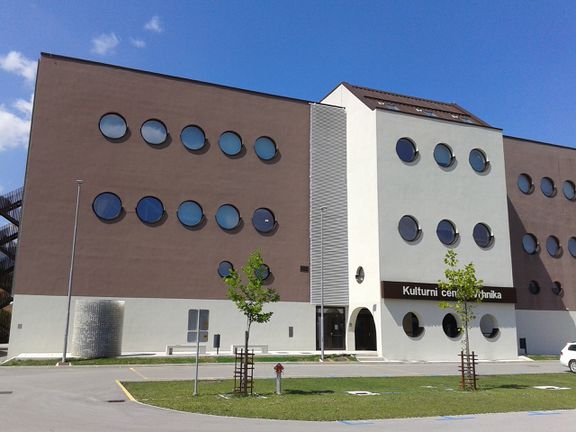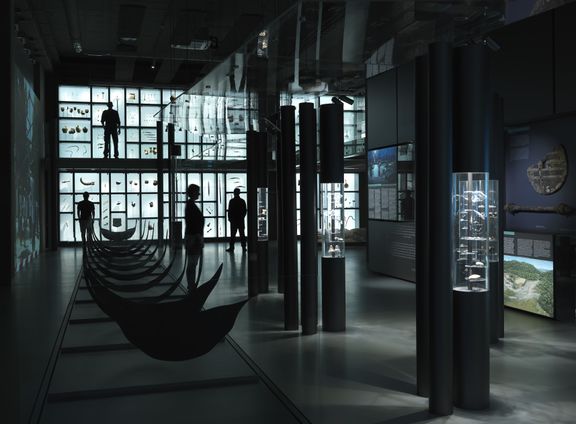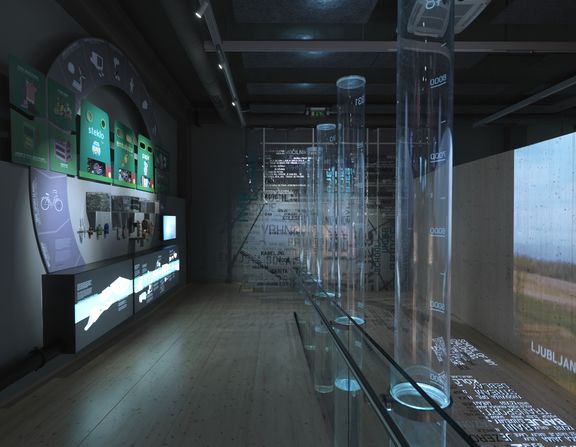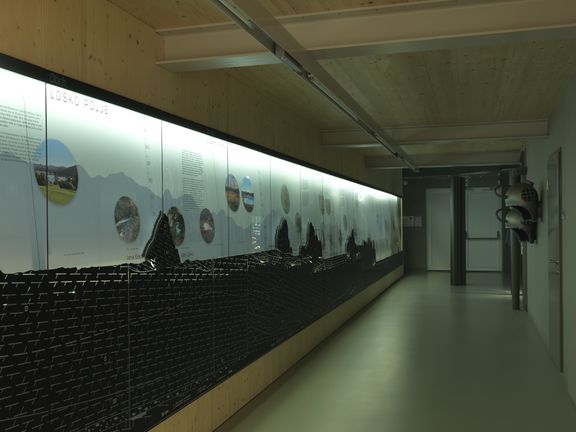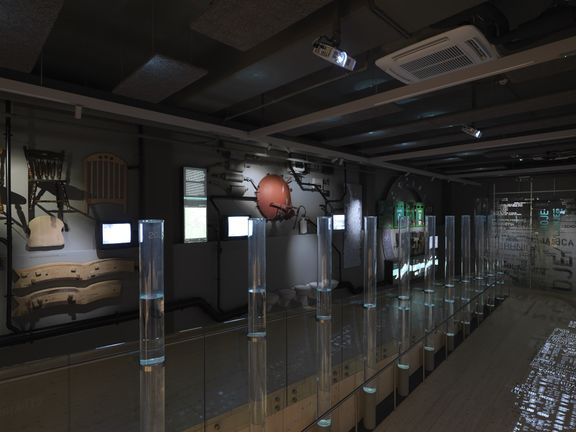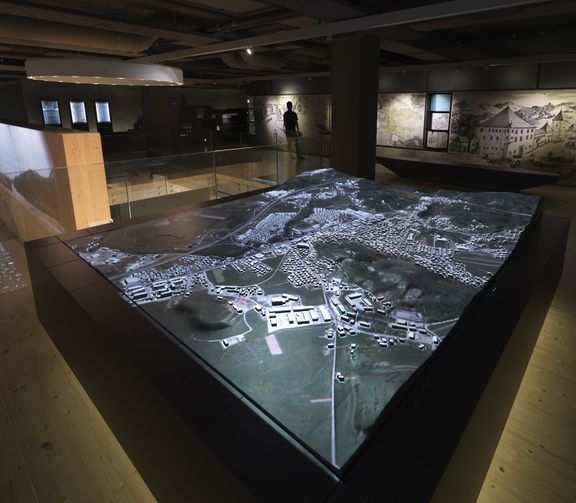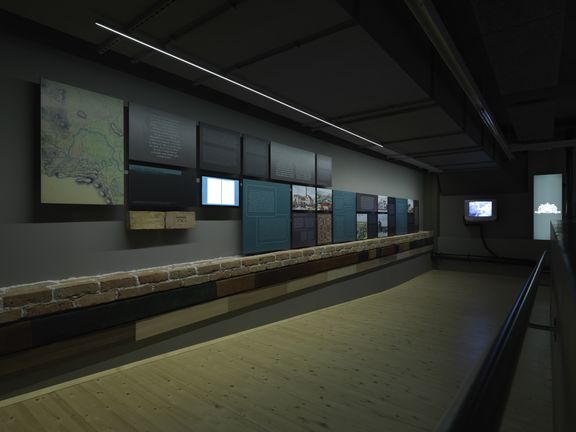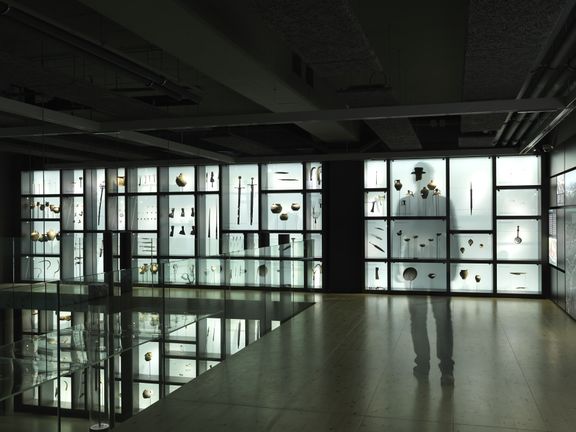Difference between revisions of "Ljubljanica River Exhibition"
Anže Zorman (talk | contribs) (added image) |
(minor) |
||
| Line 56: | Line 56: | ||
The exhibition also organises various temporary exhibitions, together with various other institutions setting them up at locations across Vrhnika and other towns. | The exhibition also organises various temporary exhibitions, together with various other institutions setting them up at locations across Vrhnika and other towns. | ||
| − | Due to riverbank erosion the dugout canoe – which for centuries stayed preserved in the river – was lifted in 2015. It is currently undergoing a restoration procedure and is due to become a part of the | + | Due to riverbank erosion the dugout canoe – which for centuries stayed preserved in the river – was lifted in 2015. It is currently undergoing a restoration procedure and is due to become a part of the permanent display in the future. |
{{YouTube|oU2vvx0dZ4M}} | {{YouTube|oU2vvx0dZ4M}} | ||
Revision as of 08:41, 24 October 2018
Background
After the several springs of Ljubljanica come together, this Karst river – which starts its path at Babno polje and then disappears and reappears on the surface for 7 times – traverses the Ljubljana Marshes, flows through the city of Ljubljana and finally joins the Sava river. This area has a long history of human settlements and for many centuries the river served as a major traffic lane for the region. As such it is a source of many archaeological finds, with some of them – like the ancient Roman cargo ship from the 1st century AD – still preserved in situ. More than 8000 ancient items have been found here, and the better part of the water flow is declared to be a cultural monument of national significance.
Venue
In 2014 the premises of a former leather factory (IUV Vrhnika) opened its doors as the new Vrhnika Cultural Centre. While its upper floors host a library and a part of the local primary school, most of the ground floor is dedicated to the exhibition, which is spread across some 800 square meters.
Permanent exhibition
The major part of the exhibition is dedicated to the Ljubljanica River, presenting the natural and cultural life that evolved around the river as well as the space underwater and in the Karst underground. There are more than 400 original historical objects, many of them originally preserved either in the Ljubljanica or within the Ljubljana Marshes. The oldest original pieces go back to about 7.000 BC. Most of the objects come from the extremely rich archaeological collection of the Potočnik family.
The collection features a Celtic statue of Apolon, a number of weapons, and a replica of the oldest wooden wheel in the world (approx. 3200 BC), with the original displayed by the City Museum of Ljubljana.
One part of the permanent exhibition is dedicated to the history of Vrhnika and its surroundings, tracing it from the Middle Ages until the present day. It is presented by reproductions of archival materials, various films and videos, and a number of artefacts that used to belong to the former industrial establishments of Vrhnika. There is also a display that educates the visitors about »Zero waste« policies.
Temporary exhibitions and projects
The exhibition also organises various temporary exhibitions, together with various other institutions setting them up at locations across Vrhnika and other towns.
Due to riverbank erosion the dugout canoe – which for centuries stayed preserved in the river – was lifted in 2015. It is currently undergoing a restoration procedure and is due to become a part of the permanent display in the future.
See also
External links
- Ljubljanica River Exhibition website (in Slovene)
- Ljubljanica River Exhibition project disposition
- A photo story about the lifting of the dugout canou





